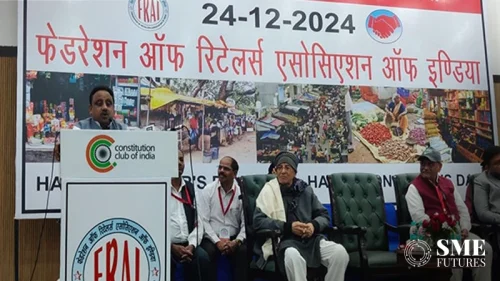Another unexpected development that will weigh on the economy and is likely to have a ripple effect on the stock markets, is that El Nino is in place heading into winter for the first time in four years, driving the outlook for warmer-than-average temperatures for the northern hemisphere.
The US’s National Oceanic and Atmospheric Administration’s (NOAA) Winter Outlook report released on Friday confirmed the development of the El Nino for the winter months.
Earlier this month NOAA said the Northern Hemisphere may experience a “strong” El Nino in 2024 with a 1 in 3 chance of it being “historically strong” (Super El Nino).
The disruption in the weather pattern triggered by the El Nino phenomenon has implications for many industries and sectors of the economy, from energy producers to commodities markets to agricultural interests and tourism.
The impact of the super El Nino on countries of the northern hemisphere would also hit global trade which would impact India’s exports as well since the USA and Europe, are its biggest trading partners. Any decline in exports will hurt both the manufacturing sector as well as services exports such as IT software.
India’s agriculture sector has already taken a hit from a southwest monsoon that was both erratic and fell short of its normal level in an El Nino year.
This resulted in both damage to standing crops as well as a reduction in the sown area under key crops such as pulses and oilseeds this year since more than half of the country’s farm area depends on the rains for raising crops. This could spell more trouble ahead as recourse may now have to be taken to expensive imports to fill the gap and keep prices in check.
The area under cultivation of pulses has shrunk by close to 9 per cent while the acreage under sunflower has plunged by as much as 65 per cent due to deficient rains. Around 8.68 lakh hectare crop area across states is reported to have been affected by floods or heavy rainfall this year.
The monsoon had got off to a delayed start in June after which there was excess rain in July followed by a deficit in August and then excess rains in September again in certain parts of the country, such as Punjab and Haryana, which hit the standing crop. This had resulted in a sharp increase in the prices of vegetables, especially tomatoes and onions that triggered a spike in inflation and stretched household budgets.











